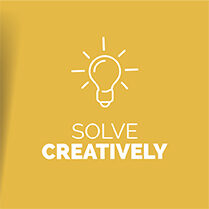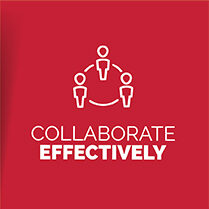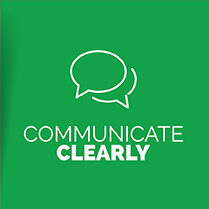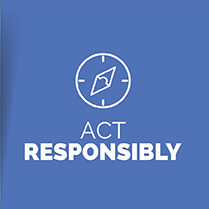




Performance Area
Indicator
Performance Area
Indicator
Performance Area
Indicator
Performance Area
Indicator
Performance Area
Indicator
Performance Area
Indicator
Performance Area
Indicator
CR 2: I approach idea generation by examining ideas in unexpected ways, generating options that are unusual and novel, asking questions that lead to more questions, OR evaluating, “Is my idea really new?”
Performance Area
Indicator
Performance Area
Indicator
Performance Area
Indicator
Performance Area
Indicator
Performance Area
Indicator
Performance Area
Indicator
Performance Area
Indicator
Performance Area
Indicator
Performance Area
Indicator
Performance Area
Indicator
Performance Area
Indicator
Performance Area
Indicator
Performance Area
Indicator
Performance Area
Indicator
Performance Area
Indicator
Performance Area
Indicator
Performance Area
Indicator
Performance Area
Indicator
Performance Area
Indicator
Performance Area
Indicator
Performance Area
Indicator
Performance Area
Indicator
Performance Area
Indicator
Performance Area
Indicator
Performance Area
Indicator
Performance Area(s)
Indicator
Performance Area
Indicator
Pike County manages a Georgia Public School System located 60 miles south of Atlanta. We serve 3,500+ students from Pre-K through Grade 12. Developing creative problem solvers is our core mission. We accomplish this by fostering an environment that promotes critical thinking, creativity, communication and collaboration.
Website Design by SpeakClear Media LLC
© 2020-2021 All Rights Reserved